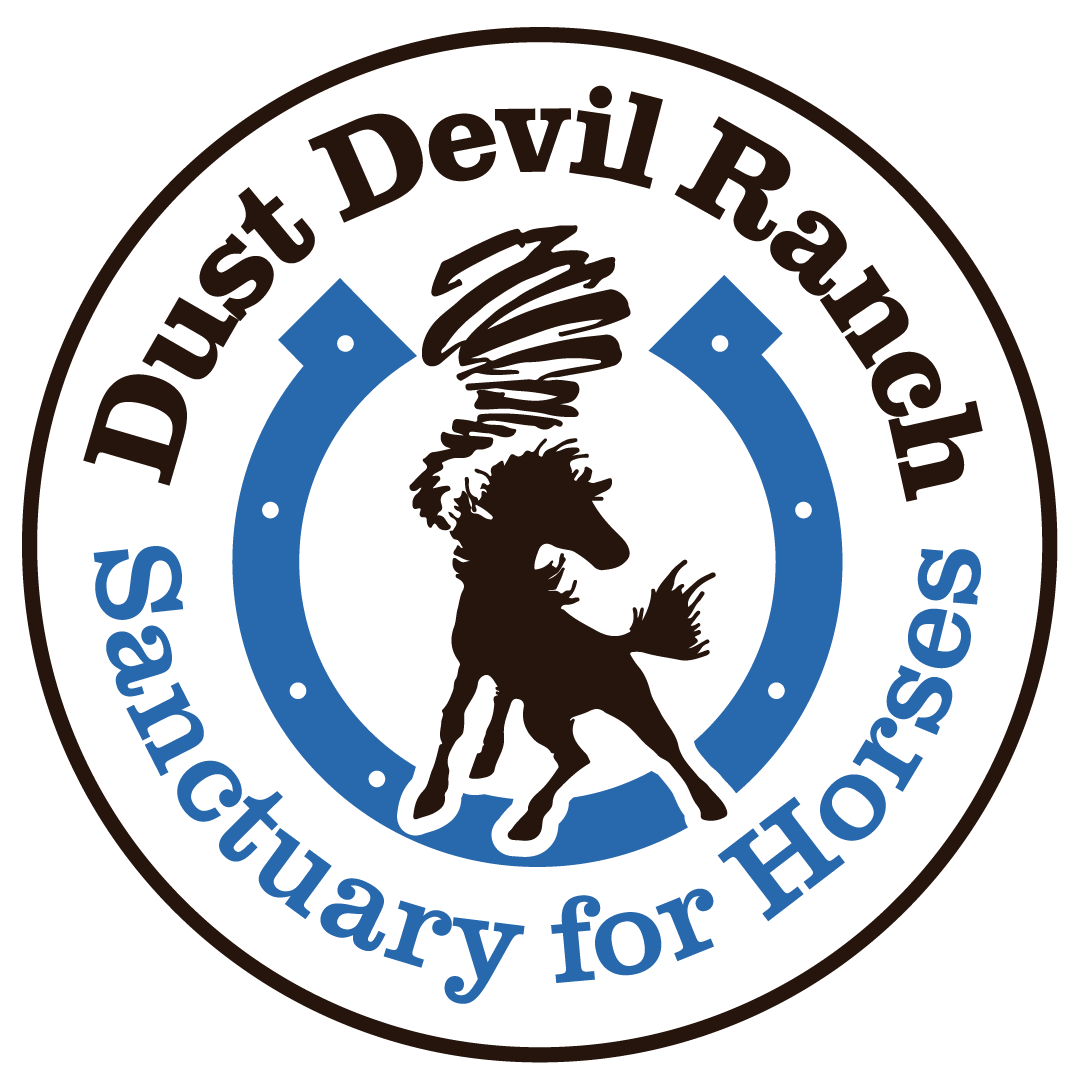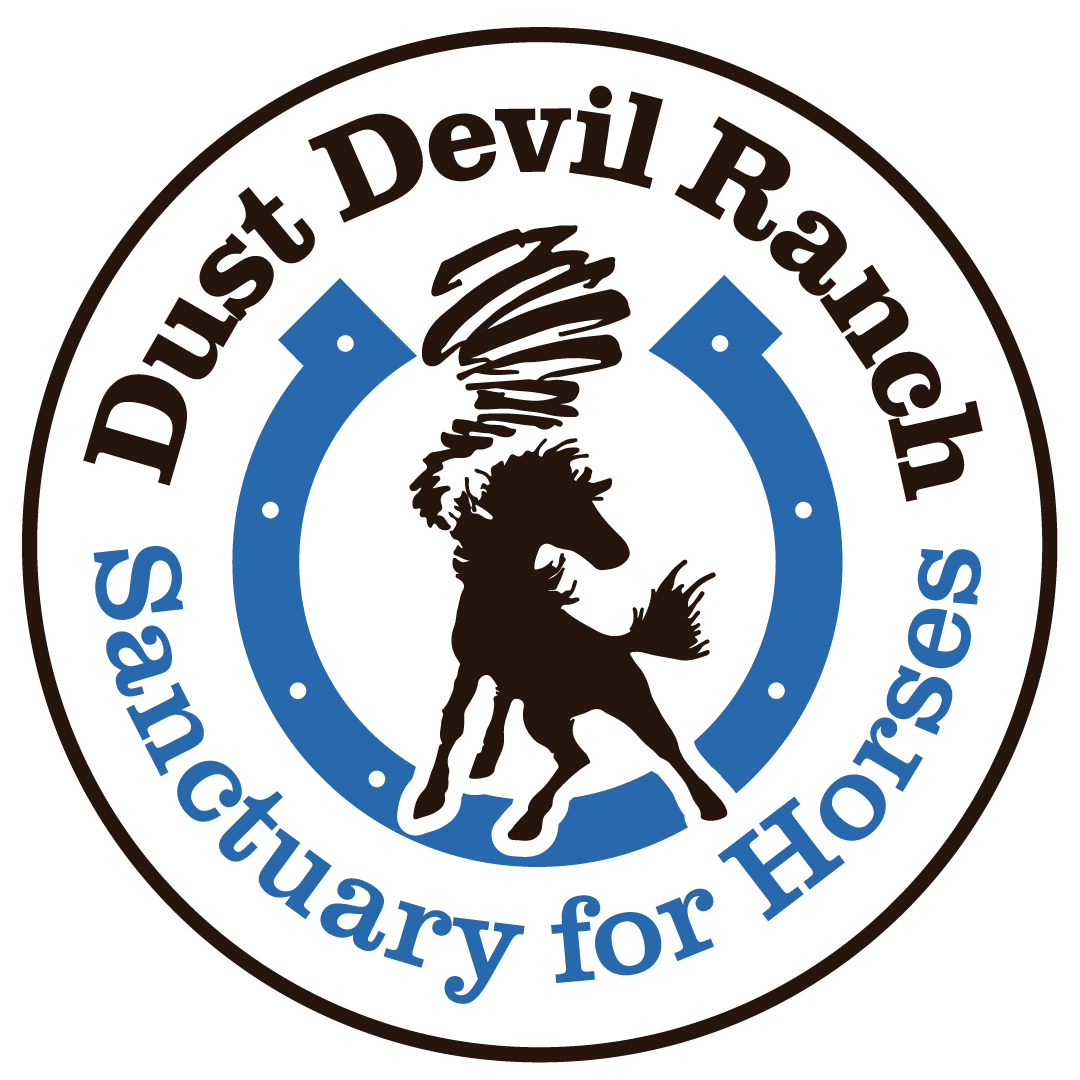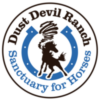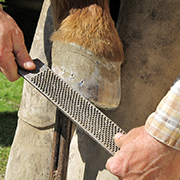
One of the most common causes of lameness and death in horses is the lack of proper basic foot care.
Good feet are the foundation for a healthy horse. This is where the saying comes from…
“No foot, no horse!”
… and it’s so true.
I have heard horse owners say they don’t need to trim or shoe their horses. It’s true… some horses don’t need shoes. And it is also true that all horses need to have their feet trimmed on a regular basis by a qualified farrier.
Responsible horse owners should know that proper basic foot care is critically important. It goes a long way toward safeguarding against future foot problems and helps ensure long-term soundness.
Many different hoof problems can occur in horses, so it’s essential to become familiar with your horse’s feet, know what’s normal for him/her and establish a good working relationship with a farrier and veterinarian early on.
What Is Proper Basic Foot Care?
Here are 10 tips for proper basic foot care in horses…
1. Pick Your Horse’s Feet
This is probably the single most important thing you can do to keep your horse’s feet healthy. Make it a habit to regularly pick your horse’s feet… it will alert you to potential problems like bruises, cracks, abscesses, punctures or thrush.
2. Establish ‘Normal’ for Your Horse
Take hold of your horse’s feet and notice the temperature. Then take his digital pulse by pressing two fingers behind the pastern. You’re looking for the strength of his pulse rather than the rate. Then, look at the frog. It should have the texture and firmness of a new rubber eraser. Becoming familiar with your horse’s feet in normal conditions will help you spot any problems that might arise.
3. Have the Farrier Visit According to Your Horse’s Needs
While experts recommend a farrier visit every 6–8 weeks, it really depends on what your horse’s needs are. If the horse’s toes are long, the hoof is cracked or he/she has an injury, you need to call your farrier out as soon as possible. Again, knowing what’s normal for your horse will help you decide the frequency for visits with your farrier.
4. Check Your Horse’s Shoes Regularly
If your horse wears shoes, a good time to check their condition is when you pick its feet. Look for any damage such as shifted or sprung shoes, a shoe or a nail that’s coming loose, or risen clinches. Any of these issues can cause injury to the foot.
5. Learn How to Remove a Shoe
Knowing how to remove a damaged shoe is important because it can head off unnecessary pain and potential damage to the hoof. Ask your farrier how to do this… he/she should willingly show you what to do.
6. Protect the Hooves During Transport
The feet can easily be injured during hauling due to a shoe becoming loose or damaged. This will cause your horse to stand on the damaged shoe during its trip and it could end up with an injury. You’ll want to cover the entire foot, including the cornet band to protect it. Transportation boots are a worthwhile investment because they provide protection for the feet, they’re easy to put on, they cover the hocks and often have hoof guards for protection during transport.
7. Exercise Your Horse
Regular exercise is good for every part of your horse. For the feet, it increases circulation in the hooves and it promotes growth. Make sure you work on good ground, too.
8. Don’t Let Your Horse Stand on Muddy Ground
Prolonged exposure to muddy footing encourages thrush. Deep mud also creates suction which can pull shoes off and cause injury to tendons.
9. Avoid Fluctuations Between Wet and Dry Conditions
Consistency in the condition of your horse’s footing is important. With wet ground, the hooves swell and soften. Then, when the footing is dry, the hooves contract. When this cycle happens regularly, it can cause nails to loosen in the shoes, and as your horse moves around, it accelerates the loosening and eventually the shoes are gone.
10. Good Nutrition, Good Feet
Proper feeding and nutrition goes a long way toward a healthy foot. If you’re not sure what to feed and supplement, make sure you consult with your veterinarian.
How Often Should a Horse’s Hooves Be Trimmed?
The time to trim your horse’s hooves is when it’s needed.
Now, when it’s needed varies, depending on factors like the condition of the ground where you keep your horse… what kind of activities you do with him… and the time of year. Horses that stand around most of the time may not need to be trimmed as often as a horse in training or a performance horse. Weather can play a role, as well. When it’s warm, the hoof tends to grow faster, which means the foot will probably need to be trimmed every 6–8 weeks.
Common Foot Problems
The following was excerpted from as article by Mary Boyce, DVM, College of Veterinary Medicine, University of Minnesota:
Shoeing or Trimming. Long toes can cause collapsed heels, strain on flexor tendons and the navicular bone. If the horse is too upright it can cause trauma to the coffin bone and joint. An imbalanced hoof can cause stress on the collateral ligaments and joints.
Hoof Cracks. Horizontal cracks or blowouts are usually caused by an injury to the coronary band or a blow to the hoof wall. Horizontal cracks or blowouts do not usually cause lameness. Grass cracks are usually seen in long, unshod horses and can be corrected with trimming and shoeing. Sand cracks results from injury to the coronary band or white-line disease that breaks out at the coronary band. Sand cracks can be a cause of lameness. Treatment for sand cracks includes determining the cause and removing it, floating the hoof wall (not letting it bear weight), and/or fixation or patching of the crack. It usually takes nine to 12 months for the hoof to grow out.
Thrush. Thrush is a foul-smelling, black exudate, usually found around the frog, that is associated with wet, soiled conditions. Thrush can invade sensitive tissue and cause lameness. Treatment includes keeping stalls or barn clean and dry to help eliminate thrush.
Solar Abscess. Solar Abscess is an infection in the sole of the hoof that can lead to acute or severe lameness. Solar Abscess can be caused by trauma, bruising or a foreign body. Treatments include removal of the foreign body if possible, soaking the hoof in warm water and Epsom salt, and keeping the hoof bandaged, clean and dry.
Hot Nail or Street Nail. A hot nail is a horseshoe nail that is driven into the sensitive structures of the hoof wall. Hot nails will usually cause lameness. Treatments include flushing the nail hole with antiseptic, packing the hole or bandaging the foot and administering a tetanus booster. A street nail is any foreign object that enters the foot. This is an emergency, and a veterinarian should be called immediately. Treatment depends on which hoof structure is affected.
Laminitis. Laminitis is inflammation of the sensitive laminae. Also called founder, laminitis is rotation (coffin bone rotates downward inside hoof capsule) and/or sinking (coffin bone sinks downward) of the coffin bone. There are several causes of laminitis. Treatments include regular shoeing or trimming, maintaining short toes, and frog and sole support.
Navicular. Navicular syndrome includes disease processes involving the navicular bone, bursa, ligamentous and/or soft tissue structures. Horses will usually land on their toe first due to pain in the heels. Causes of navicular syndrome include hereditary predisposition (quarter horses and thoroughbreds), faulty conformation, hoof imbalance and exercise on hard surfaces. Treatments include shoeing, maintaining a short toe, elevating the heels and good break-over, and pads.
Conclusion
As I stated at the beginning of this piece… good feet are the foundation for a healthy horse.
All horses have different issues with their feet which is why developing the habit of regularly picking and examining your horse’s feet, along with establishing a good working relationship with a farrier and veterinarian, is essential to ensure a healthy, sound hoof and horse.
Remember… to maintain proper basic foot care in horses and reduce the possibility of foot problems, adhere to these few simple practices…
- Pick and examine your horse’s feet regularly
- Give your horse regular exercise
- Maintain proper nutrition, and supplementation, if needed
- Schedule regular visits with a farrier for trimming or shoeing
- Trim and shoe appropriately according to your horse’s breed and gait
- Match his/her trimming and type of shoes to match the footing and activity
- Treat foot injuries or disease immediately




